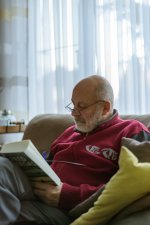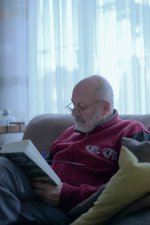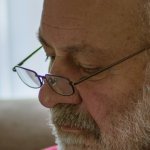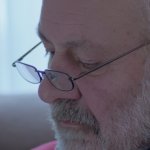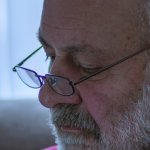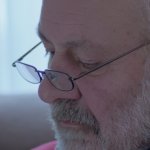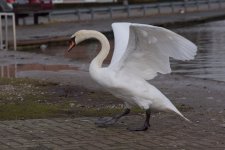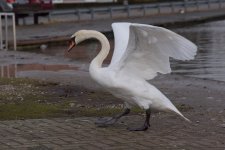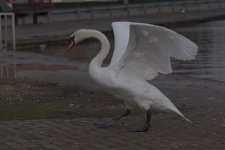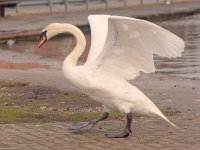It's pretty hard to say without knowing what photo you are processing and I'm still learning the tricks in RT but all in all, I can get the colors of NX-D without any problem.
There are basically two approaches I use. Either I load the NEF into RT, load the cam and lens profile and start working on the shot or, which I also use; I browse through my shots in NX-D upon load, kill what I don't need and those I like I export as a TiFF with the ICC profile assigned. Upon load, they look in RT as they look in NX-D. Then I continue to process them. Often I prefer this second method because the Adobe cam/color-profiles have their own interpretation on the RAW settings of my NEF while Nikon-ware usually shows what Nikon shoots.
Both methods work; the one is a bit more work but you control more while the other is less work and more Nikon. The problem I have is that NX-D has a tendency to suddenly become retarded. There are times I adjust one setting and when exporting as a TiFF, it's simply incapable and even after five-six tries, I keep ending up with a 4k*6k of a portion of my shot. That's when I get really tired of their stuff and abandon it for some time. It's either that or continuing and end up hitting something with a hammer.
After the load, I set my exposure right if needed, tweak my black point, use highlight recovery or controls (or do that in NX-D before conversion) and then quit using the RGB model in RT. It has its use but doesn't do nature justice. It's a model for device output, not for photography. I usually work in Lab or in CieCam and adjust what needs to be. You can really make the colors pop when using Chromaticity or Colorfulness, especially when using the parametric option in their curve section. They're both an approach to color "boosting" like saturation but at the same time very, very different in their outcome. In Lab you can pick about anything, from color to luminosity, and adjusted it to your liking too.
But I can't really say that adjusting X or Y will result into A or B since that's for every shot different. But it's in Lab and CIECAM02 that the magic happens and you can make that as simply or complex as you prefer. I usually pick the Brightness/Colorfulness algorithm in the CIECAM to curve and adjust.
I'm still learning myself and find out new things each time I process another shot.
If I have more time later on, I'll load a shot using both approaches and show the NX-D, NX-D/RT and pure RT version upon load. You'll see it's very easy to make the one look like the other.

